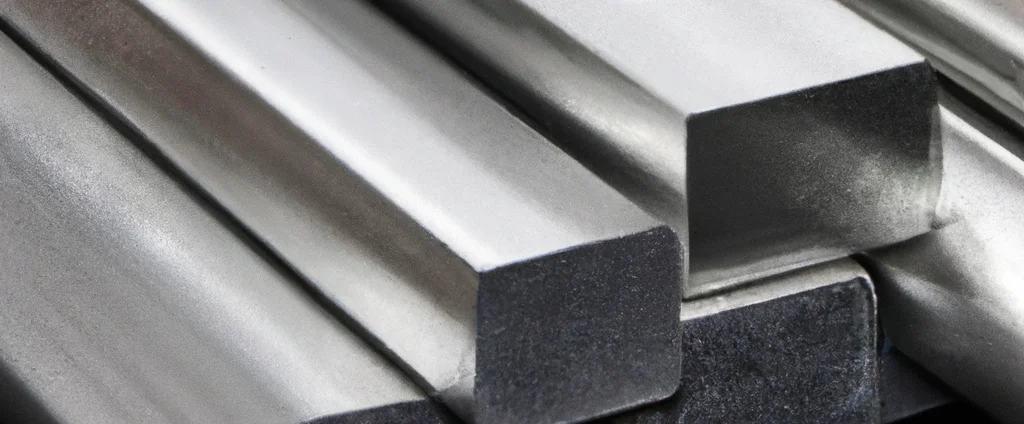Aluminum Alloy 1060 (UNS A91060)

Aluminum 1060 is a commercially pure aluminum alloy that contains 99.6% aluminum. It is a popular grade of aluminum because of its high thermal and electrical conductivity, excellent workability, and low cost.
| Chemical Composition | ||
|---|---|---|
| Element | Min | Max |
| Aluminum | 99.6% | —— |
| Copper | —— | 0.05% |
| Iron | —— | 0.35% |
| Magnesium | —— | 0.03% |
| Manganese | —— | 0.03% |
| Silicon | —— | 0.25% |
| Titanium | —— | 0.03% |
| Vanadium | —— | 0.05% |
| Zinc | —— | 0.05% |
The following table provides a list of aluminum 1060 properties in both SI and US customary/Imperial units.
Click on the button to switch between Metric and Imperial units.
| Physical Properties | Metric |
|---|---|
| Density | 2700 kg/m3 |
| Mechanical Properties | Metric |
| Tensile Strength | 90 - 110 MPa |
| Yield Strength | 65 - 85 MPa |
| Young’s Modulus (E) | 70 - 80 GPa |
| Shear Modulus (G) | 26 GPa |
| Elongation at Break | 12% |
| Poisson’s Ratio (ν) | 0.33 |
| Brinell Hardness | 22 HB |
| Thermal Properties | Metric |
| Melting Point | 650 °C |
| Thermal Conductivity | 230 W/m·K |
| Specific Heat Capacity (Cp) | 900 J/kg·K |
| Coefficient of Thermal Expansion (αL) | 2.4×10-5 1/°C |
| Electrical Properties | Metric |
| Electrical Conductivity | 3.5×107 S/m |
| Electrical Resistivity | 2.8×10-8 Ω·m |
The values in this table are approximate and can vary depending on various factors such as the specific manufacturing process and heat treatment applied to the alloy.
Advantages & Disadvantages of Aluminum 1060
| Advantages | Disadvantages |
|---|---|
| Good formability and weldability | Low strength |
| Corrosion resistance | Limited heat-treatment options |
| Electrical conductivity | Surface finish |
| Low cost | Softness |
Applications of Aluminum 1060
Aluminum 1060 is a widely used alloy due to its excellent formability, corrosion resistance, and electrical conductivity, making it suitable for a variety of common applications, including:
- Electrical conductors: The high electrical conductivity makes it an ideal material for bus bars, transformer windings, and wires.
- Heat sinks: Good thermal conductivity combined with low cost makes this material suitable for dissipating heat from electronic components.
- Reflectors: High reflectivity enables use in applications like lighting fixtures and solar reflectors.
- Chemical equipment: Excellent corrosion resistance allows for use in storage tanks, pipes, and fittings.
- Roofing and cladding: Good formability and corrosion resistance make it ideal for buildings and vehicles.
- Food packaging: Non-toxicity and good barrier properties enable safe use in foil containers and lids.
- Signage: Easy formability and ability to be coated or painted make it a popular choice for signage applications.
